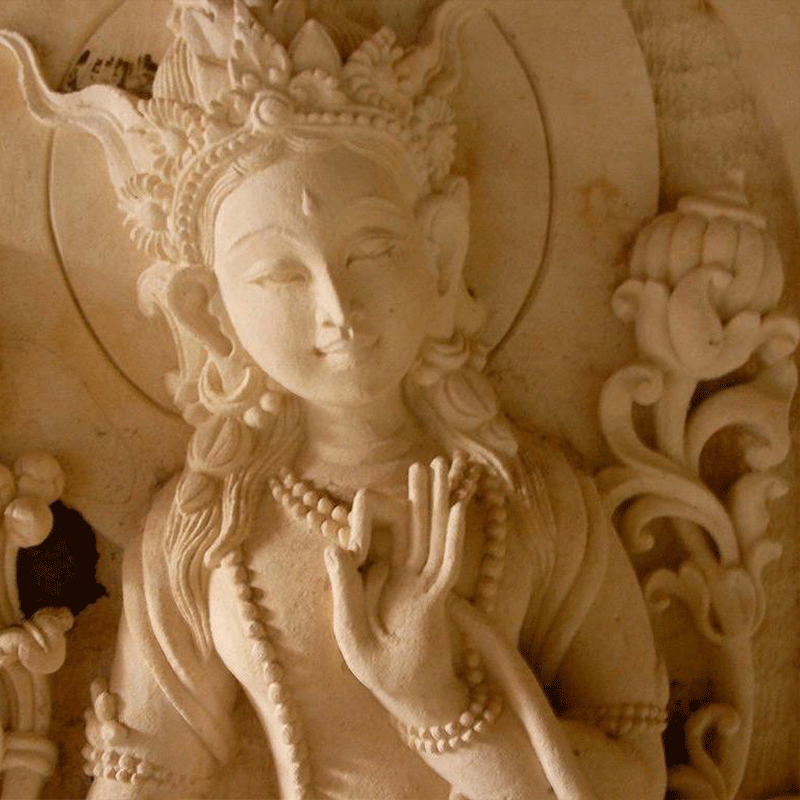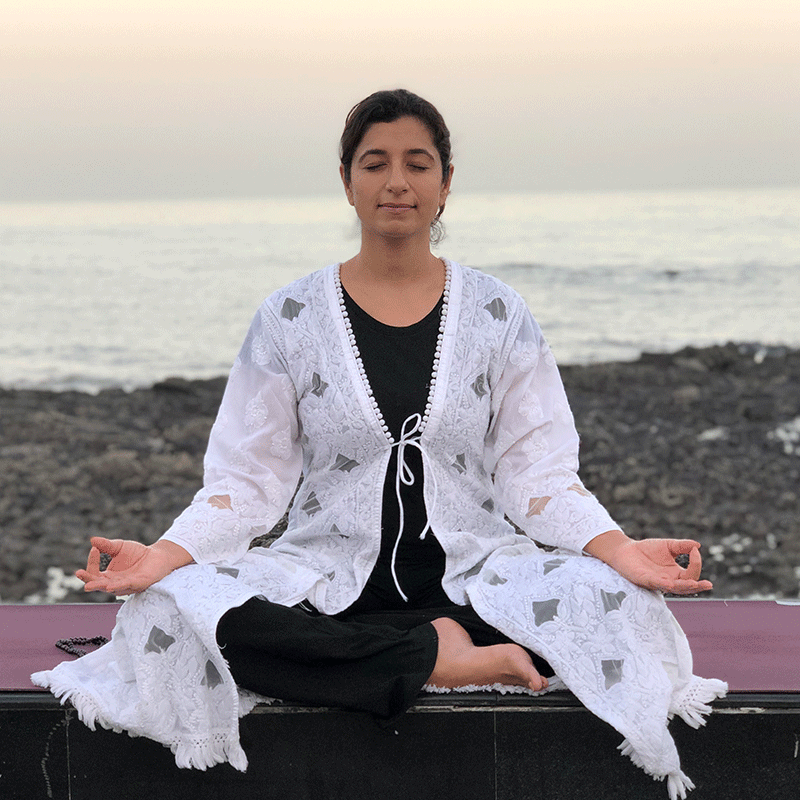Ekamyog offerings
Ekam Asana
Asana practice is one of the 8 limbs of yoga as taught by Patanjali. The purpose of asana is to prepare the body to be healthy enough and flexible enough to sit in meditation, without being distracted by discomfort. Hatha asanas can be warming up asanas, standing postures, seated postures, postures while lying on the back, postures while lying on the stomach, twisting postures, inverted postures and restorative postures.
(Hands to Feet Pose) Benefits – Deeply stretches the hamstrings and releases the spine; Aids digestion; Increases circulation to the brain.
(Downward Dog Pose) Benefits – Strengthens the shoulders and core; Increases heart and lung stamina; Improves focus and concentration; Calms the nervous system.
(Warrior Pose) Benefits – Strengthens and opens legs, hips, back and shoulders; Tones and opens the pelvis; Develops a grounded and lifted energy
(Cobra Pose) Benefits – Strengthens the arms and spine; Opens chest and heart; Increases circulations to the lungs and abdomen; Develops uplifted energy and confidence.
(Butterfly Pose) Benefits – Opens hips; Stretches the inner thighs; Elongates the spine; Develops strong energy
(Tree Pose) Benefits – Develops focus, balance, concentration; Strengthens the hips, legs and knees; Opens the ribcage; Develops confidence
(Dance Pose) Benefits – Strengthens the core, hips, legs, knees and feet; Stretches the quads; Opens the chest and heart; Develops balance, concentration and focus; Develops uplifted energy and confidence.
(Cow’s Face Pose) Benefits – Stimulates the kidney; Activates bladder and digestive system; Strengthens chest and back muscles.
(Half Twist Pose) Benefits – Stretches hips and shoulders; Opens the chest; Massages the digestive organs; Cleanses and detoxifies; Relieves lower back pain.
Benefits – Elongates the spine; Stimulates the liver and kidneys; Improves digestion.
(Plough Pose) Benefits – Strengthens the arms and core; Lengthens the spine; Calms the nervous system; Develops a meditative space; Develops intuition and clarity
(Wheel Pose) Benefits – Stretches chest and lungs; Strengthens arms; Stimulates the thyroid and pituitary gland; Increases energy and opens all chakras.
(Runner’s Lunge Pose) Benefits – Strengthens and opens the legs, hips, back and shoulders; Tones and opens the pelvic structure; Develops grounded energy
(Mountain Pose) Benefits – Strengthens the legs, hips, knees and feet; Develops balance, focus and concentration; Develops uplifted energy and confidence.
(Bow Pose) Benefits – Opens chest, shoulders and throat; Strengthens the back and shoulders; Develops upliftment and joy.
(Easy Pose) Benefits – Puts the body in a receptive state. Prepares the body for more advanced meditative poses. Reduces stress and anxiety.
Pranayama
It is the prana or life force energy that flows through matter and brings it to life. It is infused with intelligent information. Prana flows through subtle energy channels in the body. There are 72,000 nadis, 12 meridians (intelligent energy pathways), 7 main chakras (energy centers) and 5 prana vayus (movements of energy). When we work with prana, we begin to shift the biochemical environment in the body allowing for transmutation and transformation.
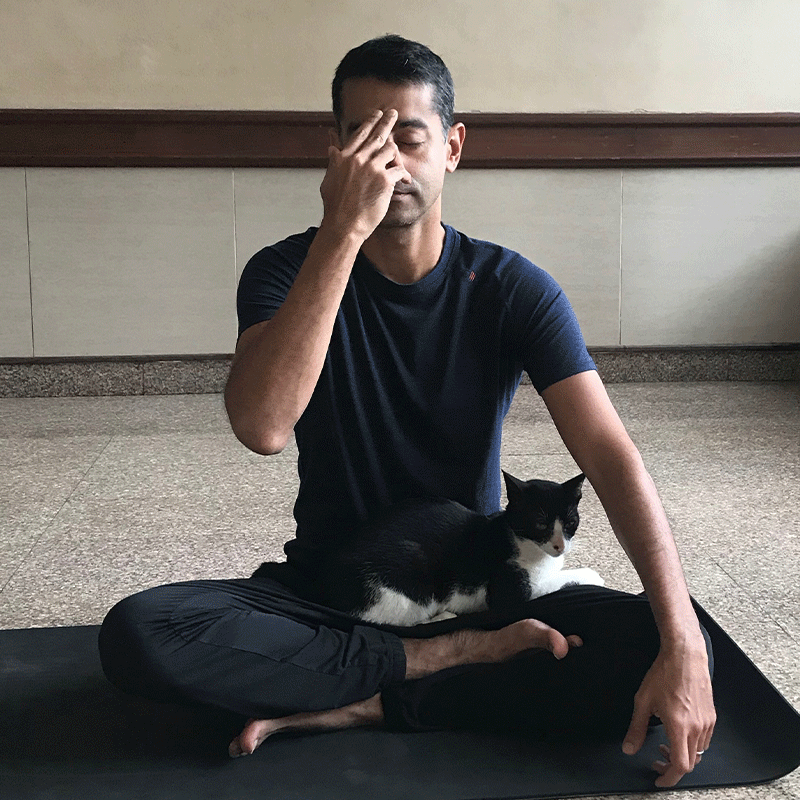
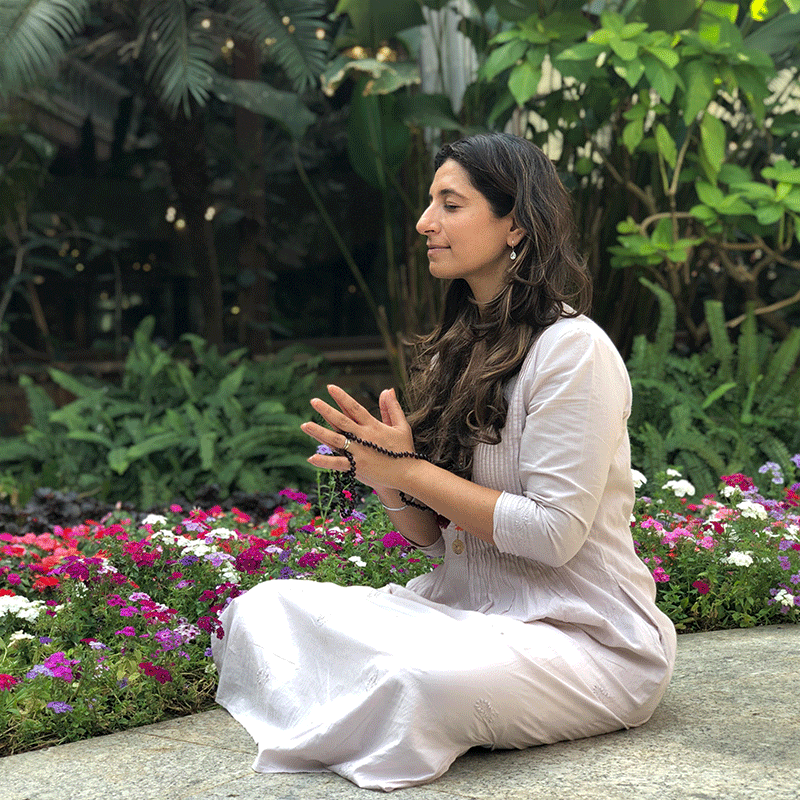
Kriya
Kriya means ‘to work with energy to generate electricity’. They combine repetitive movement and mantra to create a moving meditation. Kriyas facilitate evolution in body, mind and spirit. Kriyas can prevent injuries and assist healing at the cellular level as Prana is awakened and heat is created from inside out. They help release bio memory stored in cells and expand the aura of a person. They also awaken the chakras and promote energy flow. The effect of kriyas is experienced must quicker than asanas.
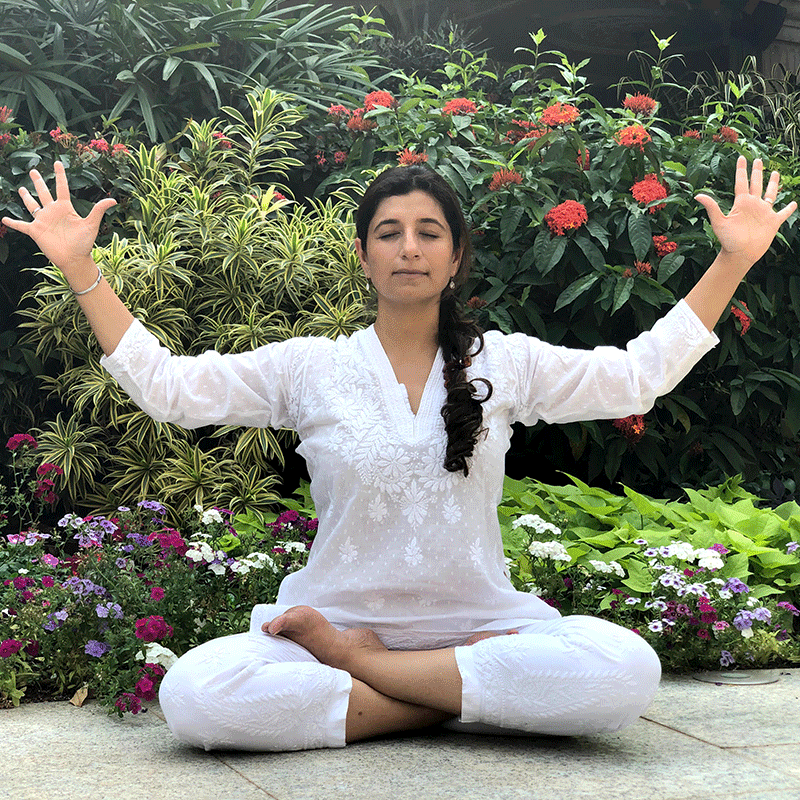
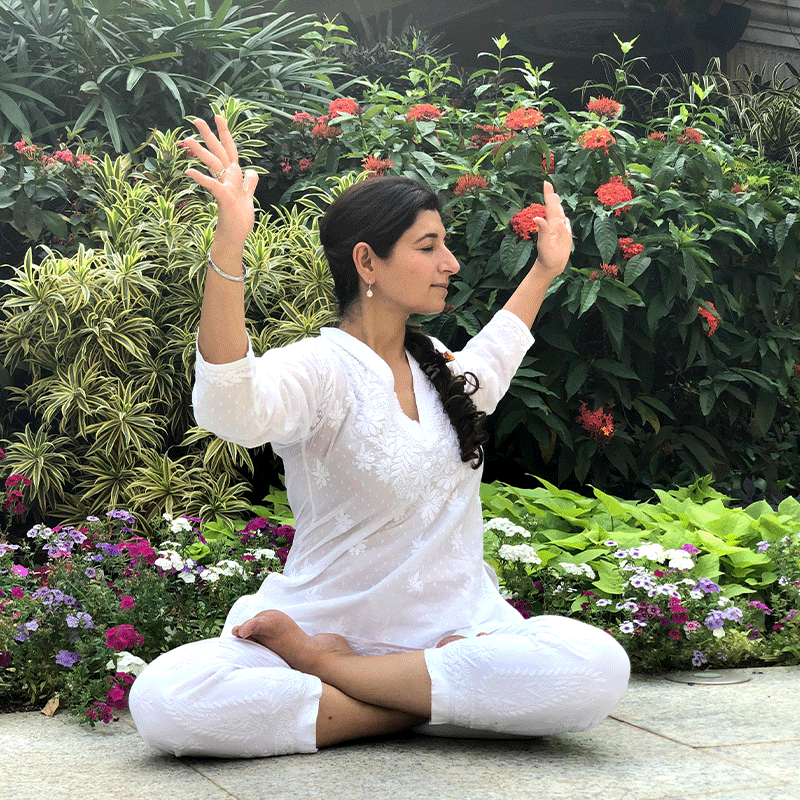
Dhyana
Dhyana/Samyama is the practice, experience and state of meditation to witness the Self. It moves the brain waves from beta (stressed) to alpha (relaxed) and sometimes to theta. It helps you to start having access to your subconscious so that you can see clearly and thus change yourself. Some people experience gamma waves, which brings the experience of ecstasy. Meditation brings us to a state of witness consciousness where we can see ourselves as spirit having a physical experience.
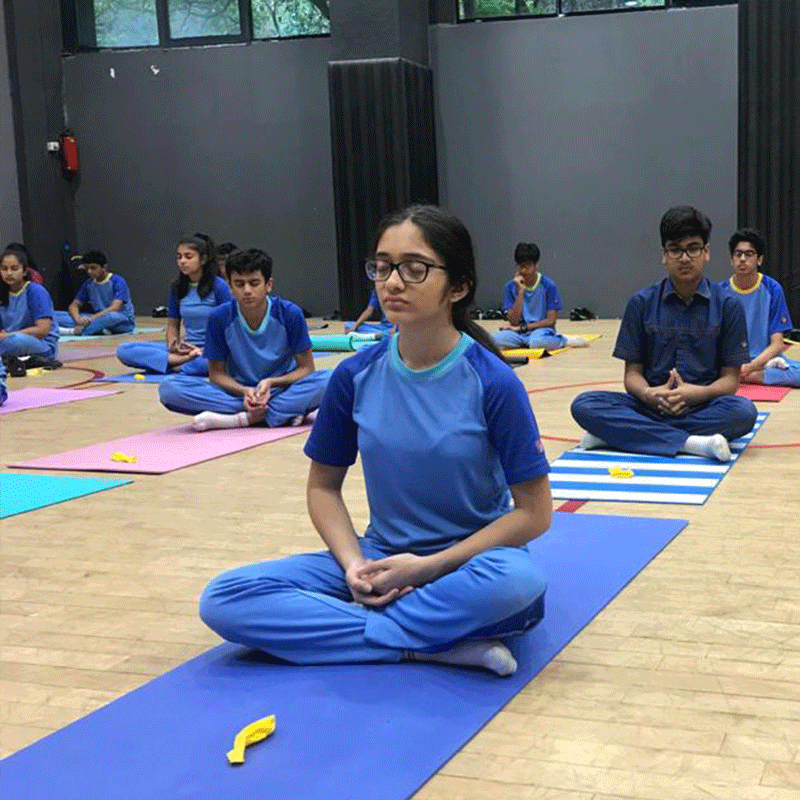
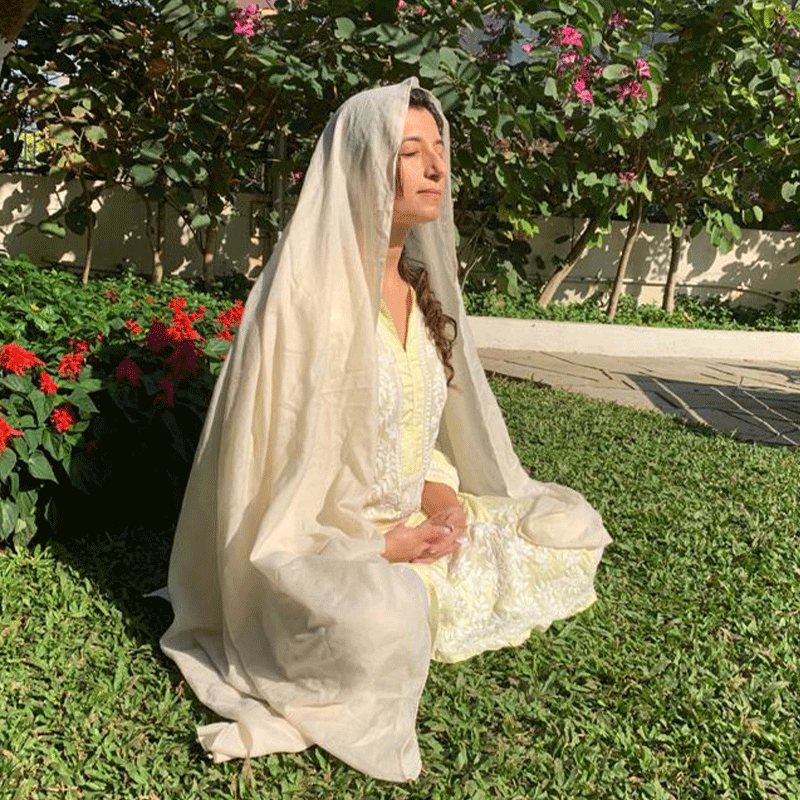
Naad
It is the Yoga of sound and contributes to the bhakti aspect of yoga. The yoga of devotion. This is divine love of one’s Self as a universal being connecting to the Divine through the heart. Naad Yoga consists of sound vibrations in the form of mantra or kirtan. Mantra invites you to experience deeper meaning. It’s ultimate purpose is to bring you back to the source. Mantra originated from the vedas. The meaning of the mantra is not static. It keeps shifting. As one refines, the meaning keeps shifting. The ultimate meaning is at the no mind level. You expand your awareness into nature on a visceral level. When one experiences the subtle value of the mantra, dharana (concentration) is developed through pratyahara (withdrawal). In mantra, the awareness follows the sound and penetrates the subconscious. One can see the subconscious and that seeing introduces the possibility of change. The nature of the mind is to find bliss. As one transcends, gamma waves start to arise, the highest frequency. Certain mantras create synapses in the brain. E.g. Gayatri mantra creates a positive mindset. Mantras can change our neurochemistry when our consciousness is refined. Kirtan Use of Mantra – Mantras can be used as bhakti in kirtans to uplift our consciousness and get us into a feeling state. Chanting, rituals, prayer and devotional singing get us into the heart space.


Gyaana
‘Sat Chit Ananda’, – the true nature of the Self/consciousness is bliss. When the yogi is not in the state of yoga, he/she is in suffering. Just by doing yoga the state of yoga is not experienced. The whole universe is designed for bliss. The only problem is human suffering, which emanates from a sense of separateness or ego. The essential nature of existence is ‘Sat Chit Ananda’. This is the ultimate reality, the purpose of every being – to connect to the Source. The theoretical knowledge of this is relevant to an extent. However, only when we build on the learning by contemplation, reasoning and personal experience does this knowledge become wisdom. When the experience is visceral, it can never be forgotten. It is yours forever. It is liberating. You start to live beyond your imagination as there is no limitation. There may be challenges, but you realize that the universe will guide you even through them. You transcend your victim identity. This is the yoga of meditation, which helps to transcend the mind and go into states of silence/no mind. When one can start to witness the mind, one can master the mind and gain unity with the ultimate reality.
